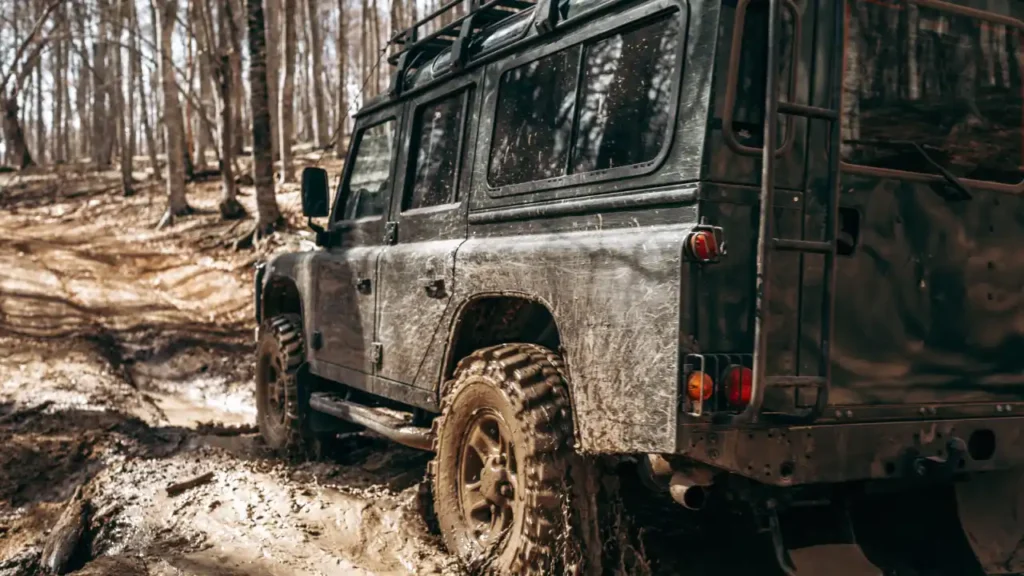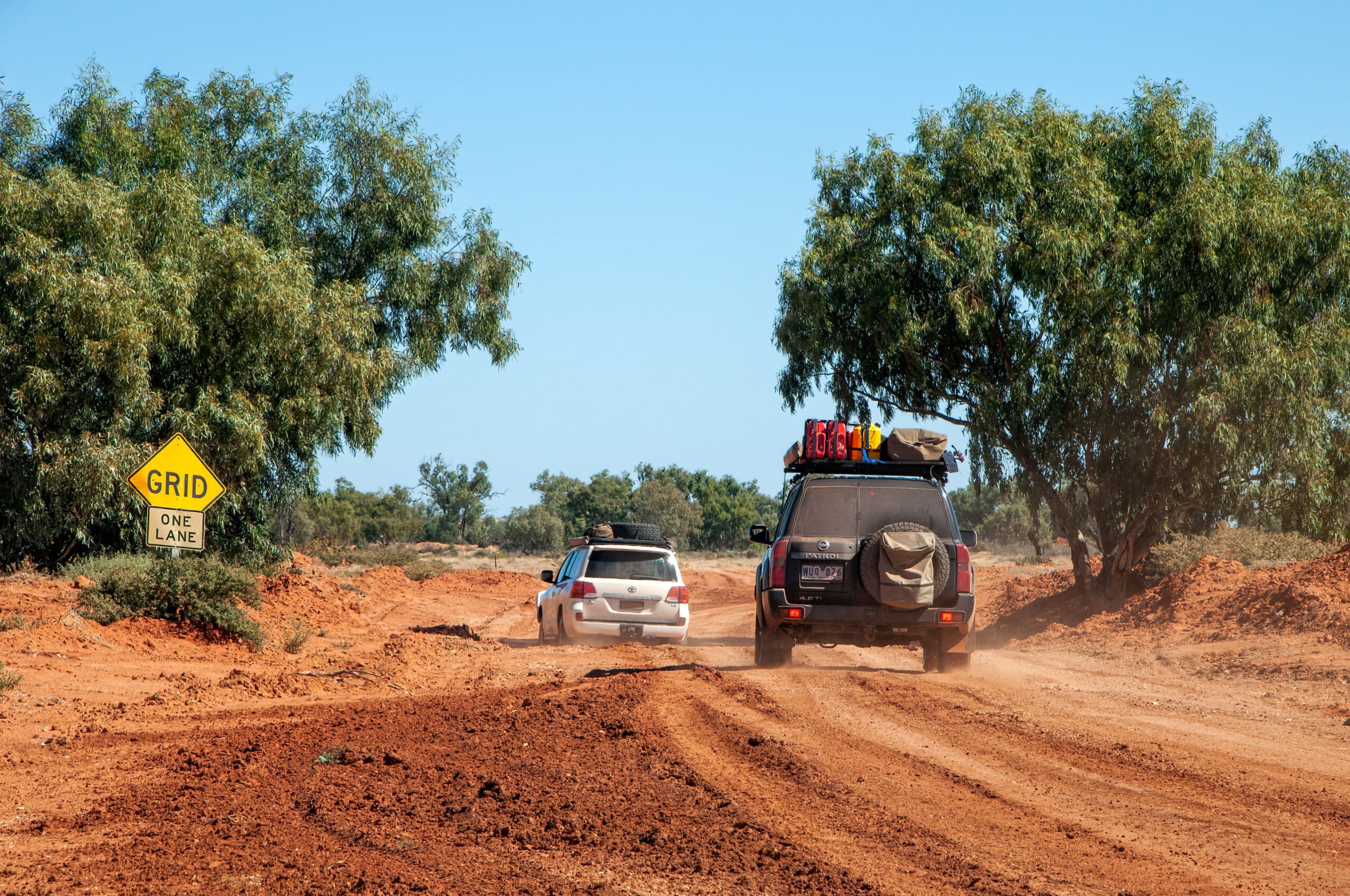
Free monthly entries to ALL giveaways
+1 every month
+5 every month
+10 every month
5%
125
150
350
100
100
50
Cancel membership anytime
Terms apply
apply

Written by
Admin
Published
August 20, 2024
Australia’s diverse landscapes make it a haven for off-roading enthusiasts. From the rugged outback trails to coastal dune adventures, the country offers a vast playground for 4×4 adventurers. In recent years, the off-roading trend has seen a noticeable surge, attributed to a variety of factors including advancements in automotive technology, a growing community of enthusiasts, and the increasing accessibility of remote locations. Here, we delve into the key statistics and trends that paint a picture of the off-roading scene in Australia.
The off-roading vehicle market in Australia has shown steadfast growth. According to industry reports, the sale of 4x4s has consistently outpaced that of other vehicle types over the past decade. In 2020, despite the economic challenges posed by the COVID-19 pandemic, the sale of light commercial vehicles, a category that includes many 4x4s and utility vehicles, accounted for 22.4% of the total new vehicle market, a jump from 21.2% in the previous year.
Moreover, the modification and accessories sector is booming, with Australians spending an estimated $1 billion annually on aftermarket products to enhance the performance and comfort of their off-roading vehicles. This includes modifications such as lift kits, all-terrain tires, winches, and snorkels among others.
Tracking the hotspots for off-roading in Australia, Cape York Peninsula in Queensland, the Kimberley in Western Australia, and the Simpson Desert crossing remain top bucket-list destinations. These locations offer not only challenging drives but also the reward of breathtaking remote wilderness.
Furthermore, statistical data highlights a growing interest in off-roading related activities. For example, attendance at 4×4 events and shows has escalated, with major exhibitions reporting average year-on-year growth of around 5%. Adventure tourism operators have also noted a rise in bookings for guided off-road tours, indicating a greater desire for structured off-road experiences, particularly among those new to the hobby.
The evolution of off-roading in Australia is not without its historical context. Over the past 30 years, there has been a notable shift in the type of vehicles used for off-roading. The 1990s saw the dominance of traditional body-on-frame designs, such as the Toyota Land Cruiser and Nissan Patrol. Today, the market is more diverse, with an increase in the sale of independent suspension and monocoque chassis designs, such as the Ford Ranger and Toyota Hilux, which offer a different off-roading experience and cater to a wider audience.
Environmental awareness is also shaping the off-roading community. Data suggests there is a burgeoning consciousness about sustainable and responsible off-roading among Australian drivers. Many enthusiasts are now adhering to ‘tread lightly’ principles, and off-roading clubs often include environmental education in their activities. This reflects a wider trend toward eco-consciousness within the Australian automotive sector as a whole.
In conclusion, off-roading in Australia continues to thrive, with a solid market for vehicles and a community eager to explore the vastness of the outback. The trends and statistics indicate not just a vibrant present but also a promising future for this adventurous pastime. As the landscape and preferences of enthusiasts evolve, so too will the nature of off-roading, ensuring it remains an integral part of Australia’s automotive culture.